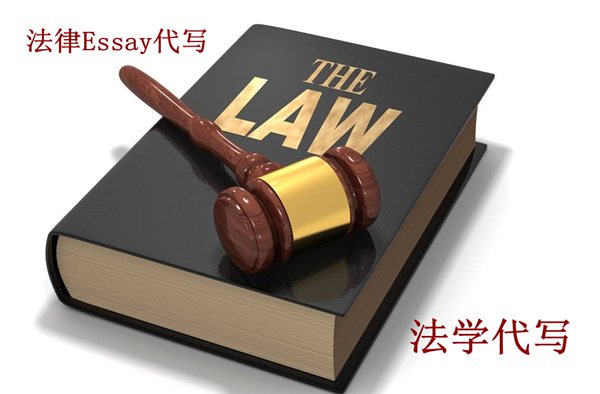
“Legal Research: How to Find & Understand the 法律论文代写” by Attorney Stephen Elias and the Editors of Nolo is another book in the huge legal library published by Nolo, a publisher that prides itself on making the law accessible to everyone. I’m an attorney, and I still like the books put out by Nolo, especially the ones on areas I’m not as familiar with, but want a little knowledge. Nolo always delivers.
Not everyone can afford Lexis or Westlaw, the two biggest subscriber based on-line legal resources. In law school we had access to both, because both companies wanted to earn your loyalty for when you got out and started practicing. Many firms have one or the other, and I suppose large firms may subscribe to both. Even with access to one of these, I find that I can often find things faster and easier with free resources. Many states have statutes and such on-line these days. More and more are becoming available all the time.
That’s where the book “Legal Research” comes in. It provides easy to follow research methods to help you answer your legal questions. The book has sections for on-line research as well as information regarding law libraries for those who have access to one. One: Understanding the Basics of the Law. Brief descriptions of what the law is, sources of law, state versus federal law, and the court system. Too basic for an attorney, but for the layperson the book was written for, this is a good introduction.
Two: Finding Legal Resources. This chapter explains where legal information is located, primary and secondary sources, internet resources for legal topics, and legal research websites. It includes Lexis and Westlaw, but also other sites that are free. I like the tips and warnings through out the book as well. Good caution that not every opinion you find is good law. Obvious to someone who had it drilled into them during law school, but probably not known to many laypeople.
Three: Identifying Your Legal Issue. Things to know before you go looking, like is the case civil or criminal, figuring out the area of law you want to research, what resources will help you with what you need to find, and figuring out your legal research question. This is important, you want to know what you’re really looking for before you go searching.
Four: Finding and Using Secondary Sources. This chapter explores sources such as online resources (including a bit about deciding if reliable), self-help legal books, legal encyclopedias, form books, practice manuals, continuing legal education publications, law reviews, and so on. Many law firms will have a lot of these kinds of resources, and you will find even more at a law library. This chapter gives a brief overview of what these sources are.
Five: Finding and Using Constitutions, Statutes, Regulations, and Ordinances. These are the bulk of legislatively or administratively created law. This chapter explains how to find these resources and how to use them. It covers finding and using constitutions, finding federal statutes, finding state statutes, understanding them, finding regulations and other rules and ordinances. All of these are important depending on your particular issue. This chapter is a good introduction to this world of “laws” for those that are charting unfamiliar territory.
Six: Finding Cases. Some of our law is not found in statutes, but in the decisions of cases that have already been decided. These cases interpreted laws and are now the rule until legislature changes it, or another case overrules it. Roe v. Wade is an example of a famous case that is looked to regarding abortion law. This chapter helps the reader learn how to use citations to find cases, find cases on the internet, find cases in the law library.
Eight: Validating Your Research. I pointed out the tip earlier, and this chapter goes further to help you make sure you have “good law.” It teaches you how to Shepardize a Case, a process we lawyers use to ensure the cases we are relying on are still good. If you are trying to make a case yourself, you must be sure you are relying on “good law.” These are the kinds of things lawyers know that many laypeople don’t.
Nine: Organizing and Putting Your Legal Research to Use. One thing clerks, legal interns, and associates spend a lot of time doing is research. Once you find the information, you must put what you find in written form for those that asked you to find it. This chapter provides the basics for writing a legal memorandum. Not as thorough as the semester class most first year law students take, but good for the non-lawyer. There is a brief section about going to court and the court process and about a couple pages on finding and working with a lawyer.
Ten: Research Hypothetical and Memorandum. Maybe it is because lawyer learn by case studies and examples that this chapter provides a research problem, how to discover the facts, and then how to approach the question to research. It’s very short, so it will give the non-lawyer a little example of how to look at the law and go about finding your answer.
The book chapters stop here on page 255. The next 100 plus pages is a glossary, which a person would not need if they have a legal dictionary. Nolo actually has a simple legal dictionary that won’t replace “Black’s” but is a good resource. Then there is a short appendix on topics and an index.
Overall, I think this book could be very valuable for the person who wants or needs to do legal research but does not know where to start. If you are forced to do-it-yourself, this guide can lead the way. It is a very good description of the legal research process for those without a law degree.